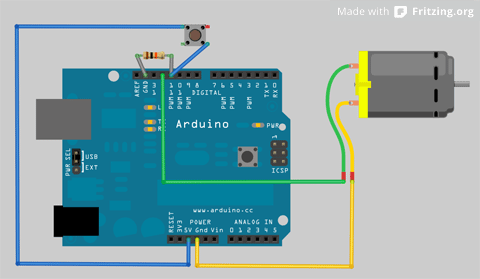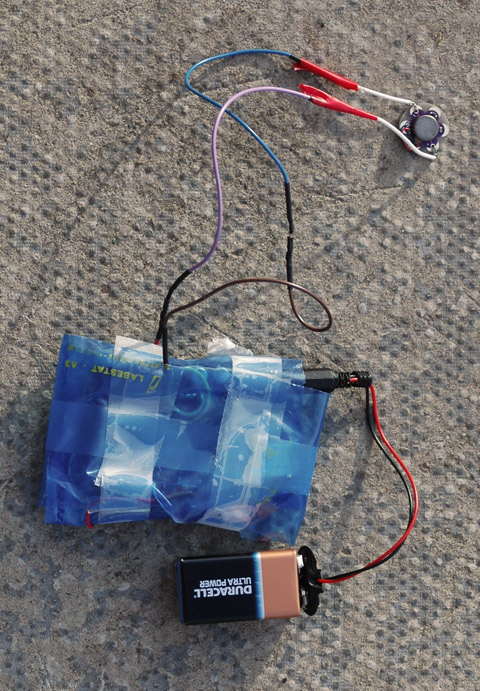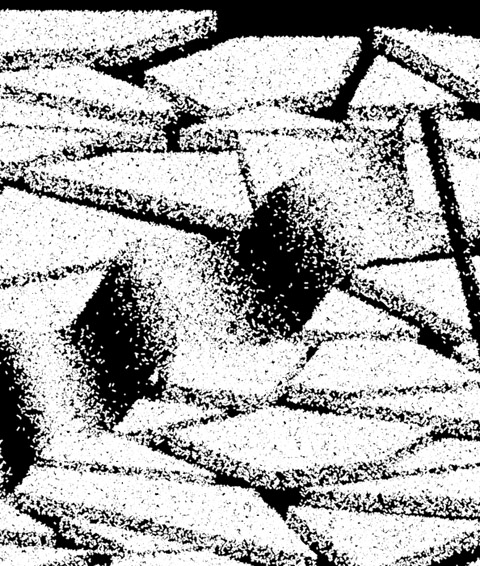Screen Prints
30th September, 2011I took a screen printing course at Print Club London, and printed one of my series “The Four Solids”. I’m really happy with the results, they came out exactly how I wanted. The paper here is a little larger than A4. Next time, I want to go bigger! Processing allows you to output vector PDFs, so these files can go as big as I like.
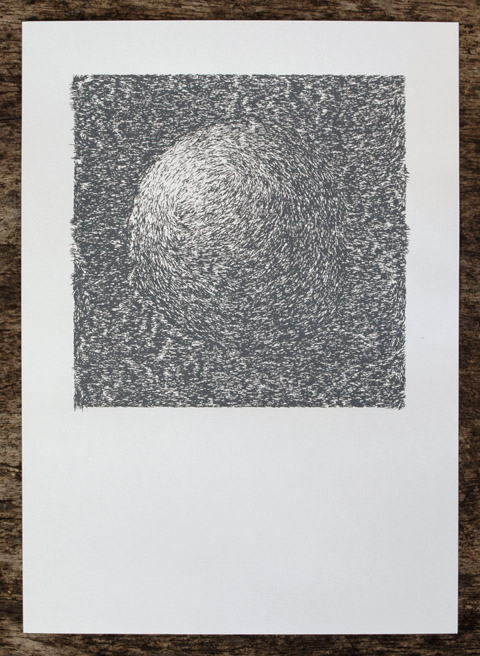
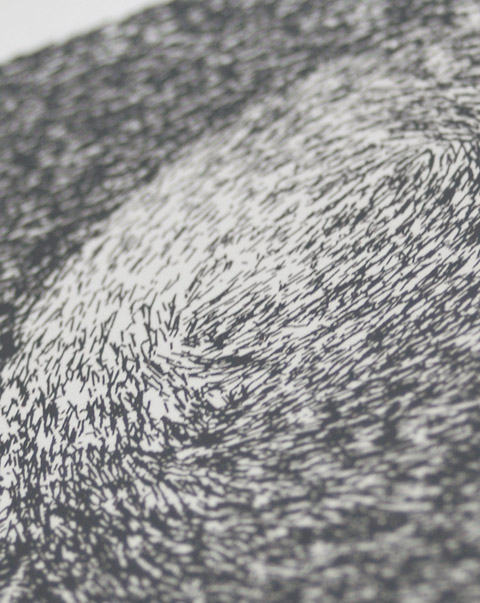
Chalk and Charcoal
29th August, 2011Made with Processing.


Soft Disappearances
24th July, 2011The coloured shapes are supposed to be just on the edge of visible. You might have to move your head around to see them.

The Four Solids
5th June, 2011Made with Processing and a graphics tablet. I’ve written a Processing sketch which takes the angle of cursor movement and turns it into a colour. I can then use these colour images (click here for an example) to influence line direction in my other sketches, and add a little human control to an otherwise random process.

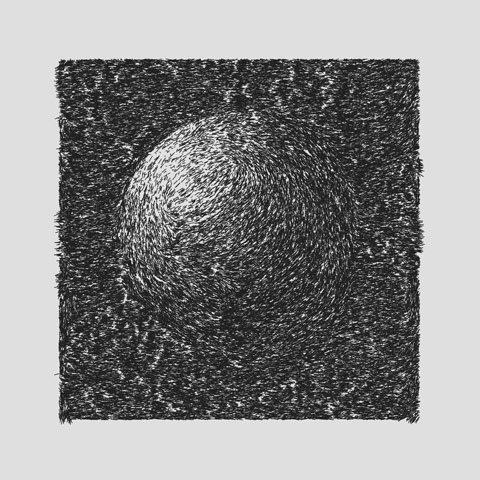
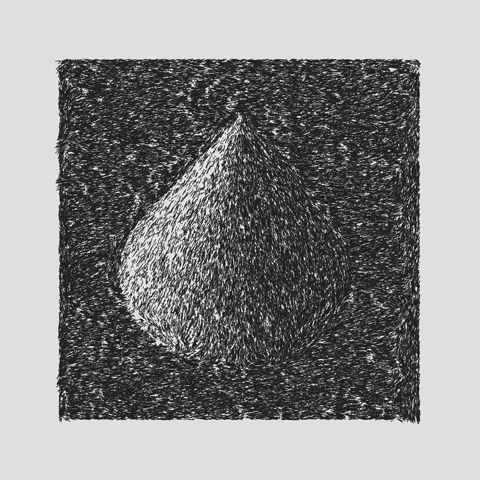
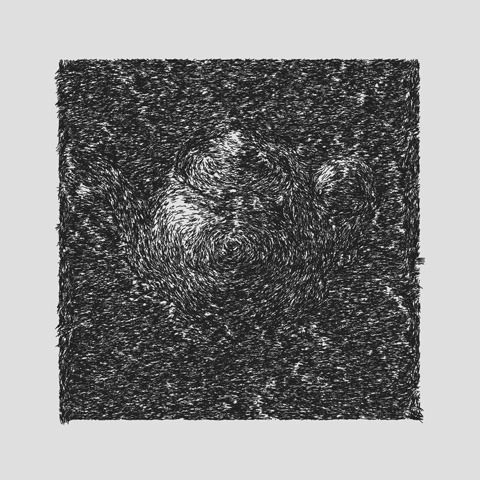
MT_VSVS
25th May, 2011I’ve been busy sorting out my London move. Not completely settled in yet but the updates should be more often from now on.
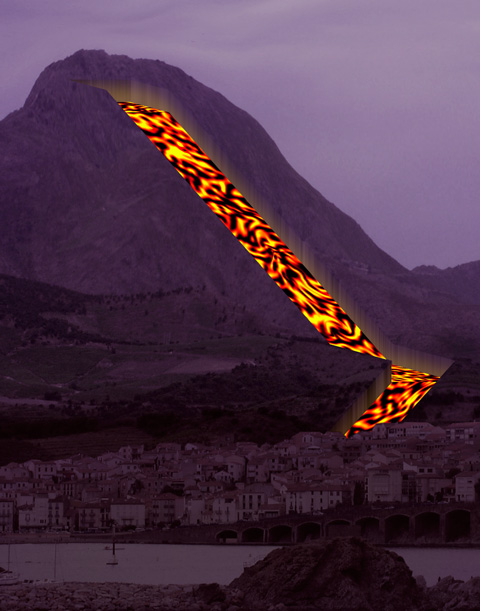
2D+t: 10:00AM
28th April, 2011 This is supposed to be seen with the other one, so here’s a link to a page with both together, or click the image to see it bigger.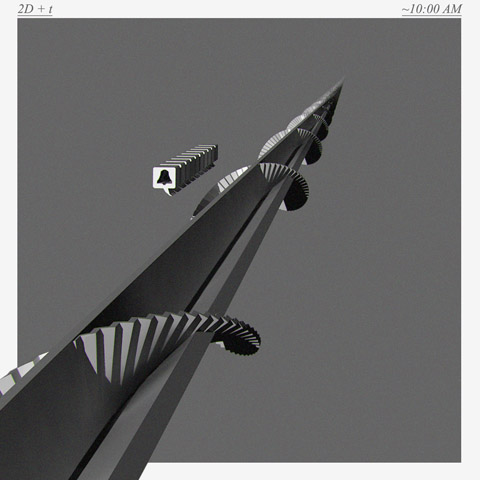
2D + t: S,C,T, & H (R.I.P.)
6th April, 2011I’ve been working on a few things that aren’t ready yet. This might be one of them. When I make this part of a series it should make more sense in context. Click for big.
Grain Shade 8
19th March, 2011I’m keeping the series going. This one used Photoshop, Illustrator and Processing. Click here for the full series so far.

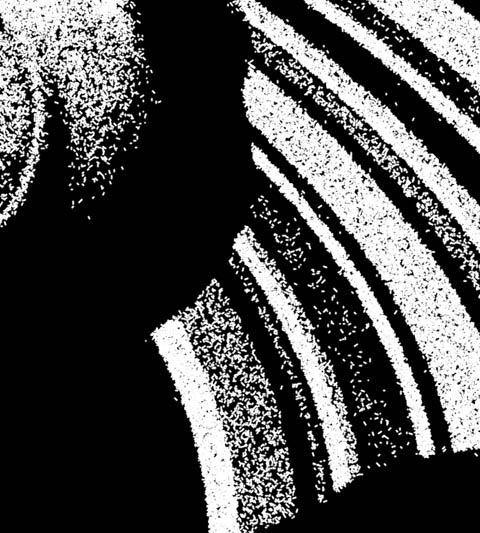
Lucid Dreaming Device Part 1
7th March, 2011In my late teens, I went through a phase where I was really into lucid dreaming. Unfortunately, despite my efforts I didn’t manage to have many lucid dreams, and I’d mostly forgotten about it in recent years. I always had this idea in the back of my mind though…
There have been many technological approaches to make lucid dreaming easier, but in general they’ve been expensive and, what what I’ve heard, not that effective. They tend to involve wearing a mask to sleep, and flashing lights in the dreamer’s eyes to let them know they’re dreaming. This signal tends to go unrecognised because it can manifest itself in the dream in any number of unpredictable ways – traffic lights, reflections fireworks, etc.
My hunch is that with a different signal, one which you can train yourself to recognise while you’re awake, this difficulty could be overcome. This would involve making a device that can be worn while awake as well as asleep.
I’ve been learning a little bit about Arduino, “an open-source electronics prototyping platform based on flexible, easy-to-use hardware and software” and I’ve got myself a starter kit so I can now do fairly simple projects like this.
I’ve stuffed an Arduino based device into the lining of a hat, and the idea is that you might wear this hat for a few hours every few days, or for long enough to get into the habit of recognising the signal. The signal is a particular pattern of 4 vibrations applied to the sleeper’s temple, which corresponds to the question “Are you dreaming?”. This signal happens at random intervals. This could be the trigger for a “reality test”, a term lucid dreamers use for the tests they have to differentiate dreams from waking life. A common one is to look at your watch or a clock, look away, and then look back to see if the time has changed. The fact that you’re not dreaming right now might seem self evident, but even in a crazy dream you can be just as convinced that you’re not dreaming. The only way to overcome that way of thinking is to go through the motions of doing the test, even when you know the answer.
I’ve made a sleep mode in the Arduino program, where the signal doesn’t go off for 5 and a half hours. This is supposed to allow you to get to sleep, and leave you alone until the last few hours of sleep, which are usually the most productive for remebering dreams.
In the diagram the motor represents a Lilypad Vibe Board. The hat should be worn so that the vibe board is against the temple. Pushing the button switches between modes. A diminishing vibration signals sleep mode, an increasing vibration signals wake mode.
My results were encouraging, but it needs work. I had one lucid dream thanks to the device, my first in a long time. Unfortunately it’s not really practical to wear all night. You can see how lumpy the hat looks in the photo. Since it’s cumbersome and uncomfortable and tends to slip around, so I only get to try it on those rare occasions where I wake up early and get to go back to sleep. I wasn’t going out wearing it in public either. The other big problem is that it eats non-rechargable 9 volt batteries fast.
The next step with this project will be to make something similar but much more comfortable and compact. I’ll also need to make it run on lightweight rechargeable batteries.
The Arduino code, which is just based on modifying the example sketches, is available here.
